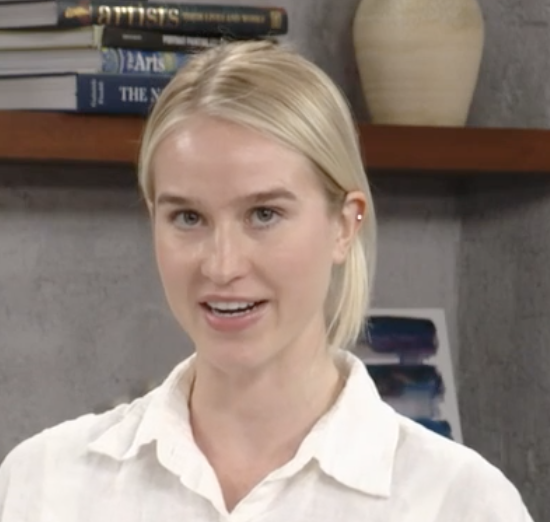
Simplified Portrait Structure/Useful Landmarks
Savannah Tate CuffWhile each face is unique, certain anatomical landmarks are consistent and can be useful for artists. Starting with the structure of the skull, artist Savannah Tate Cuff walks us through key points that aid in creating accurate portrait drawings. Savannah emphasizes that while these landmarks are valuable, it’s important not to let the “lens of anatomy” overshadow what you observe directly.
Savannah then covers the bones that form the cranial structure, including the occipital, parietal, frontal, sphenoid, ethmoid, and temporal bones, as well as some of the 14 facial bones like the nasal, lacrimal, zygomatic, maxilla, and mandible (jawbone). Transitioning to a live model, she highlights the brow ridge, noting that it tends to be more pronounced in men and subtler in women. Other key landmarks to observe include the glabella (the area between the eyebrows) and the nasal bone. As you move downward on the face, pay attention to the jawline’s angle and the neck’s indentation. The tragus, located in the external ear, is another significant point. On the back of the head, the occipital protuberance (at the skull's base) and the parietal eminence (the widest part of the skull, around the crown) are also essential.
By learning these anatomical landmarks, you'll be able to identify them on any subject, no matter how their features differ, significantly aiding your portrait drawing process.
